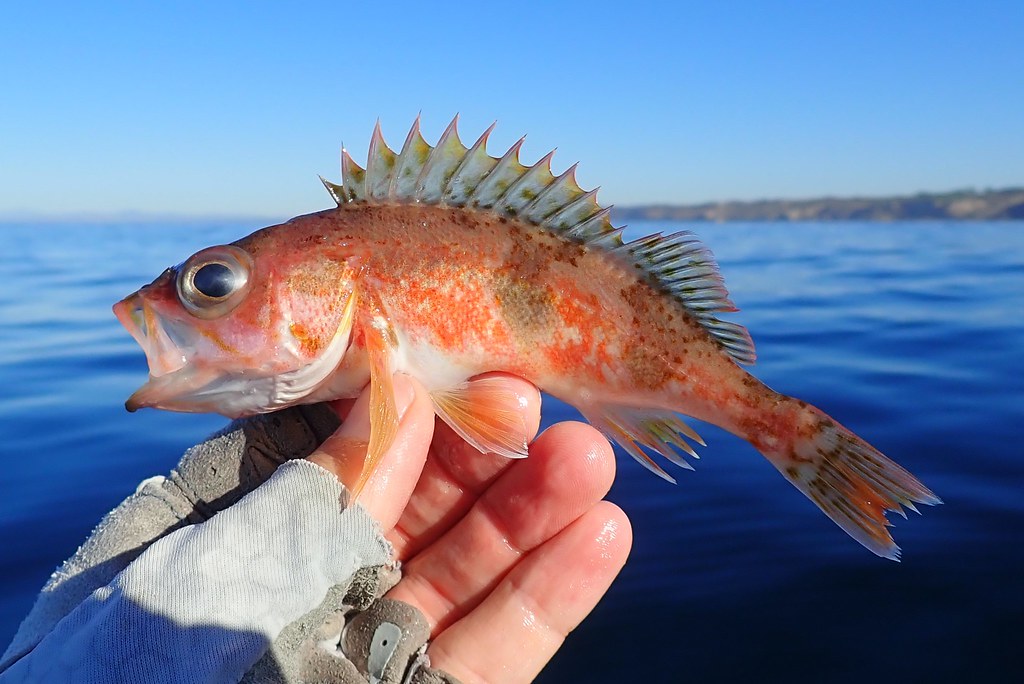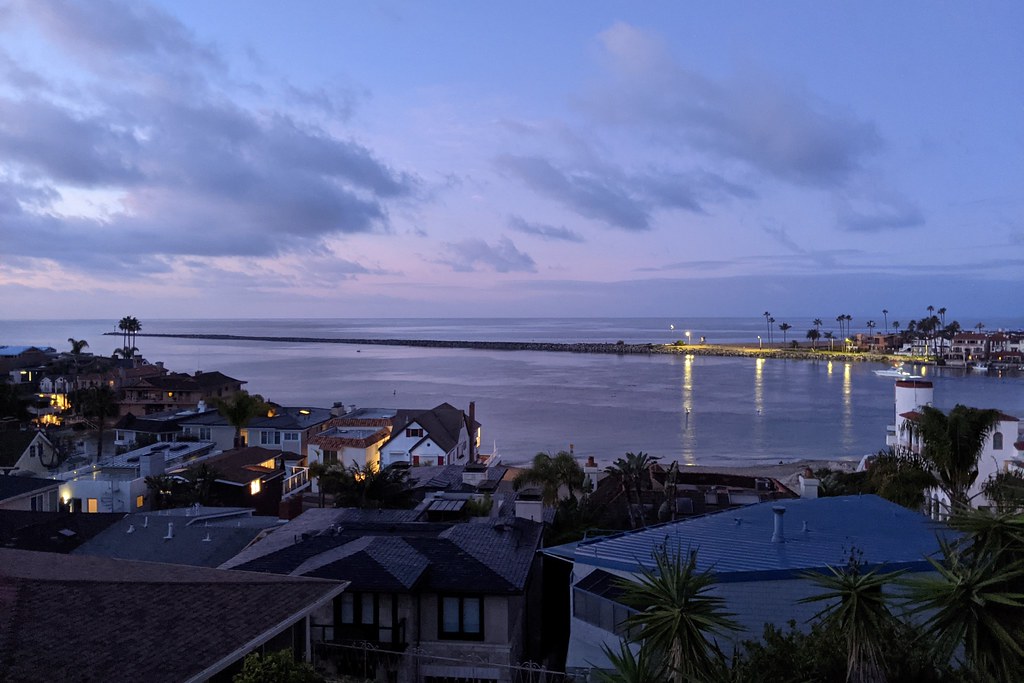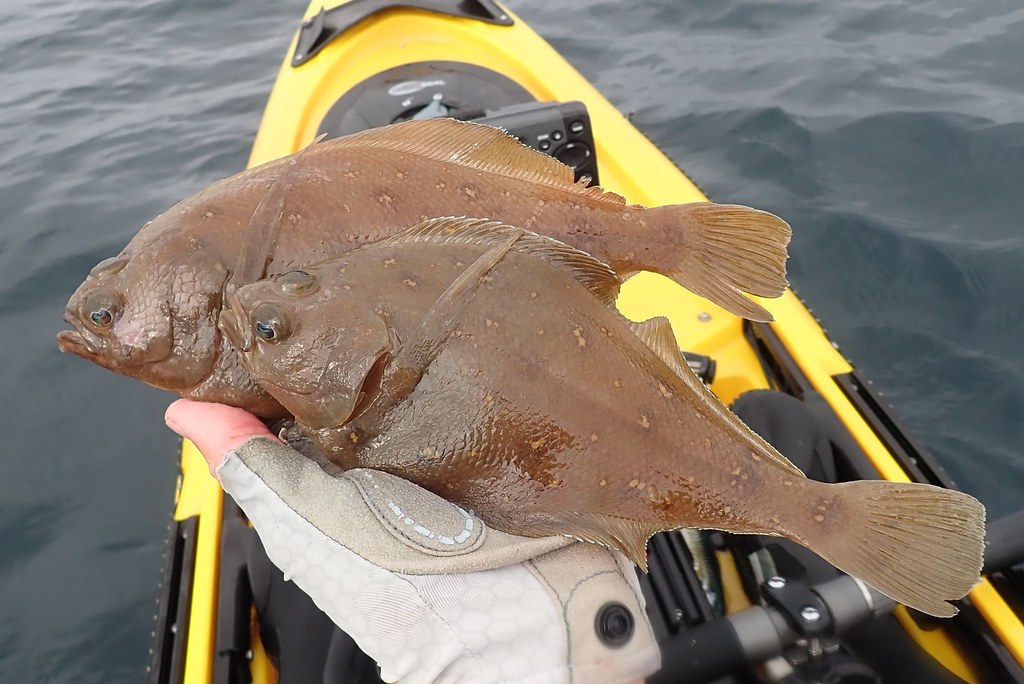
Striped Burrfish (Chilomycterus schoepfii) - new hook & line species #692


Red Porgy (Pagrus pagrus) - new hook & line species #693

Lesser Amberjack (Seriola fasciata) - new hook & line species #694

Vermilion Snapper (Rhomboplites aurorubens)

Yellow Jack (Carangoides bartholomaei) - new hook & line species #695


Frigate Tuna (Auxis thazard)


Mutton Snapper (Lutjanus analis) - new hook & line species #696


Blackbelly Rosefish (Helicolenus dactylopterus) - new hook & line species #697

Blackfin Snapper (Lutjanus buccanella) - new hook & line species #698

Yellowtail Snapper (Ocyurus chrysurus)

White Grunt (Haemulon plumierii)

Spottail Pinfish (Diplodus holbrookii)

Red Grouper (Epinephelus morio)

Blue Runner (Caranx crysos)

Sand Tilefish (Malacanthus plumieri) - new hook & line species #699

Mutton Snapper (Lutjanus analis)

Gray Snapper (Lutjanus griseus)

Puddingwife (Halichoeres radiatus)

Live Sharksucker (Echeneis naucrates) - new hook & line species #700

Mackerel Scad (Decapterus macarellus) - new hook & line species #701















































